The world is a very different place now than it was when we made all those 2020 goals back in January. If you’re struggling to process the complete shift we’ve faced in all areas of life since the start of the coronavirus pandemic, you are definitely not alone.
While social distancing restrictions have challenged our personal lives, the business landscape has also been transformed, especially if you’re the owner of a brick and mortar store. You may have had some hazy ideas about moving your business online, but now you really have no choice – especially with no immediate end in sight to the current measures.
So, how do you move your business online and how can you optimise your existing online business so you can thrive in this new world?
The team at Naked Digital have put together this checklist to help you launch and optimise your business online. By following these steps, you’ll be able to set up, maintain and market your business online so you can survive the current COVID-19 pandemic.
8 Steps to Launch Your Business Online
Step 1: Choose a Platform & Create an Account
First up, you’ll need to choose a platform for your online business. It can feel overwhelming trying to choose between WordPress, Shopify, Wix, Squarespace, Weebly and GoDaddy but there are two platforms that really stand out – WordPress and Shopify. Why? Both of these platforms offer eCommerce capability; are affordable for businesses of all sizes; are stable and proven to deliver; are packed with features, and can easily grow with your business.
Shopify
- Great for product-based businesses
- 100% commerce focused and built to sell products
- SEO friendly
- Easy to use right out of the box, perfect for DIY
- Supports Afterpay and other popular eCommerce integrations
WordPress
- Complete platform for service-based businesses
- Offers full range of features (e.g. Afterpay) plus endless customisation
- Plugins to support every facet of your business
- Scalable – can meet the changing needs of your business
- Built for SEO
As a dedicated eCommerce platform, Shopify has less features than WordPress, however it’s easier to set up and use, with a small monthly fee (currently US$29) covering hosting and maintenance. WordPress requires more skill and effort to maintain than Shopify, however it gives you full control of your website and endless functionality.
As a guide, if you have a product-based business, then Shopify is the obvious solution for your online needs. If you have a service-based business or if eCommerce is a smaller aspect, WordPress is the best option for you, giving you all the functionality you’ll ever need.
Step 2: Organise Domain Name & Website Hosting
Next, you’ll need a domain name and hosting plan for your chosen online platform. You can secure these through a single provider, such as VentraIP, which makes it so much easier to link your domain name and hosting plan with your chosen eCommerce platform.
Try to secure a domain name that aligns with your business name so it’s simple for customers to search and find you online. This can be tricky, especially if variations of your name are used by other businesses, but it will pay off in terms of search engine optimisation (SEO).
Step 3: Plan Out Your Website
A bit of planning now will yield big dividends down the track – so don’t skimp on your planning! Before you have fun with colours, themes and fonts, get clear on the purpose of your website. Is it to sell products? Promote your services? Provide information to others?
It’s vital you know the answers to all these questions so you can create a user-friendly website that meets the needs of your customers from the very beginning. To help you in your planning, start by answering these questions:
- What do you want people to do when they come to your site? (eg. purchase from you, download resources, book your services, or contact you?)
- What functionality will your site need? (eg. online shop, blog, video, forums, booking form?)
- Who is your target audience and how can you connect with them?
- What keywords do you want your site to rank for? What words will your customers use to find you?
- What will your site look like? What pages and content will you need? How will customers navigate your site?
Step 4: Get Clear on Branding
If you don’t already have clear branding in place, now is a great time to get started. Find a branding or marketing specialist to help you create a suite of marketing materials or take the DIY approach by using free online tools such as Canva. After settling on your logo, fonts and brand colours, ensure you use these consistently across your site to showcase your business.
Step 5: Create Content
Use the plan you put together in Step 3 to start mapping out the content for your website. Remember, your content needs to show your customers that you have the solution to their problem so they will listen to you and engage with your offering. If you’re stuck for ideas, this content list is a good place to start:
- Content for each page (minimum of 300 words for SEO purposes)
- Use a content calendar to map out blog post ideas for 3 months at a time (try for up to 500 words per blog post)
- Product descriptions (ensure you use relevant keywords to help search engines)
- Resources (create checklists, downloadable content or other resources for customers)
- Lead magnets (free email optins to encourage people to subscribe to your email list)
- Photos (invest in good quality professional photos or choose high-quality stock photos)
Step 6: Build Your Website
Now you have your sitemap and content plan in place, you can start building your website and adding content. Always have your customer’s needs front and centre so you develop a site that is user-friendly, easy to use and delivers a seamless shopping experience.
- Create pages and menus, ensuring easy navigation for your customers
- Install plugins to add backend functionality (e.g. WooCommerce)
- Add products and services (upload images, product name & description, price, etc.)
- Add shop and categories to your navigation menu for easy access
- Link to policies to protect your business (shipping, returns, privacy, terms of service)
- Install tracking codes (e.g. Google Analytics & Facebook Pixel) to collect data
- Integrate your chosen email marketing tool to start building your subscriber list
- Don’t forget to test every element of the buying journey before you launch!
Step 7: Search Engine Optimisation (SEO)
Onsite SEO is vital in increasing your site’s online visibility. It helps search engines identify the content of your site so it can be included in more search results. Providing the right signals to Google will ultimately get your business in front of more of your ideal customers.
- Install Yoast SEO plugin (WordPress) and optimise each page
- Include relevant keywords in page metadata (page title & description)
- Make sure each page has a minimum of 300 words
- Use keywords in headings and subheadings
- Include image alt tags and ensure they contain relevant keywords
- Make sure product categories and descriptions are a minimum of 100 – 150 words
- Submit your site to Google Search Console to be indexed
Step 8: Conversion Rate Optimisation (CRO)
You now have a live website, but to get the most out of your online business, you should look at Conversion Rate Optimisation (CRO). Basically, this is the process of evaluating your site’s performance and tweaking elements to convert more of your visitors to buyers. CRO includes:
- Testing your site speed and fixing identified errors using a tool such as GTMetrix
- Analysing your site’s SEO using a tool such as Neil Patel’s SEO Analyser
- Checking Google Analytics data to identify:
- most popular pages (page views)
- least popular pages (bounce rate & exit pages)
- how audiences are coming to your site (acquisition & traffic sources)
- how audiences are browsing your site (behaviour flow & interactions)
- Optimising images and reducing their size (the usual reason for slow websites)
- Reviewing all internal and external links to identify & fix any broken ones
- Evaluating your copywriting to ensure each page has a minimum of 300 words, includes relevant keywords and has a clear call to action
- Sharing optimised blog posts and getting them featured on high authority sites (with a backlink to your website)
- Using these tools to optimise your site even further:
- HotJar & Lucky Orange (to analyse user behaviour and site usability)
- Google Optimize (to understand the user journey on your site)
- Sumo (to automate your site growth)
- Hubspot (to grow leads and automate sales)
- Metorik (to analyse & optimise WooCommerce).
An eCommerce website or online business can never be just ‘set and forget’. There will always be updates, improvements and optimisations required to keep your site competitive and compliant. Luckily, you can outsource ongoing maintenance of your WordPress site for a small monthly fee to ensure it’s always ready for business.
The team here at Naked Digital can help you launch your online business, from assisting you in choosing the right online platform, through to guiding you in conversion rate optimisation. We’re here to help your online business succeed, working with you to harness the power of organic (non-paid) marketing to reach more customers.
If you’d like help to launch your online business or to update your existing site, schedule a free 30-minute chat with us to discover how we could help your business get through the coming months.




5 Responses
Wow! I appreciate your thorough research and would like to learn more. click here for further information.
https://sites.google.com/view/best-sales-shop001/home
Great job on your blog post! The information you provided was comprehensive, and I appreciated the way you presented both the big picture and the finer details. click here to gain further insights.
Great work on your blog post! The information you shared was practical and immediately applicable. I found myself nodding along and jotting down notes. click here to uncover more practical tips and advice.
Your post highlights the potential of becoming a social media manager or strategist, helping businesses establish and grow their online presence. It’s a valuable service in the digital age. For more details, click here.